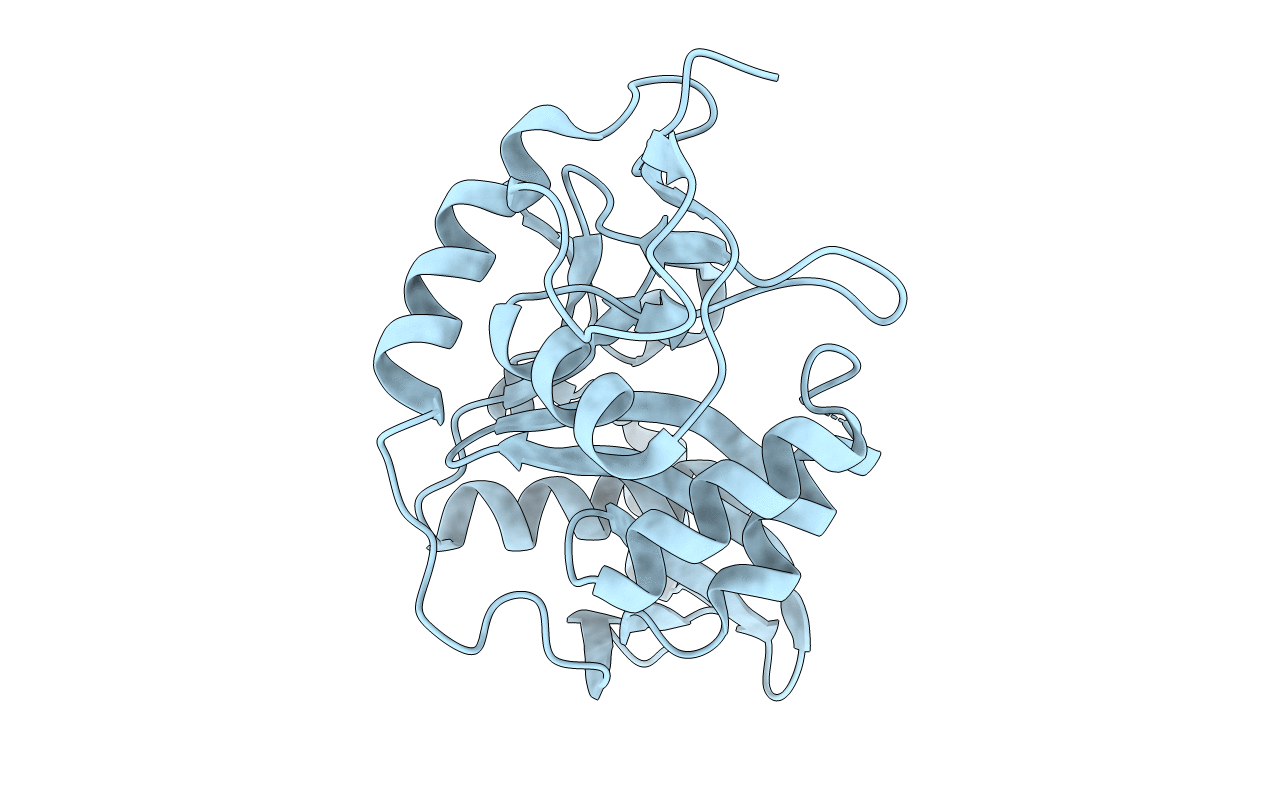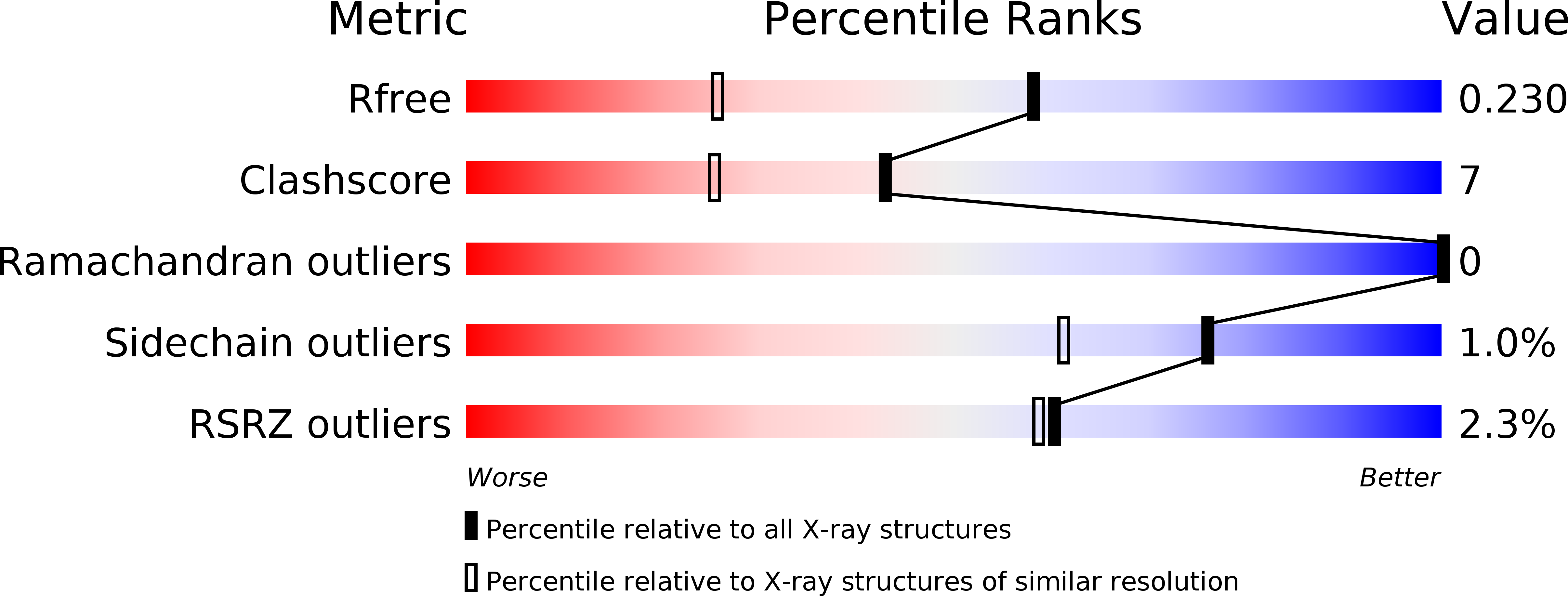
Deposition Date
2005-06-28
Release Date
2005-12-28
Last Version Date
2024-10-30
Entry Detail
PDB ID:
2CXA
Keywords:
Title:
Crystal structure of Leucyl/phenylalanyl-tRNA protein transferase from Escherichia coli
Biological Source:
Source Organism:
Escherichia coli (Taxon ID: 562)
Host Organism:
Method Details:
Experimental Method:
Resolution:
1.60 Å
R-Value Free:
0.21
R-Value Work:
0.18
Space Group:
C 1 2 1


